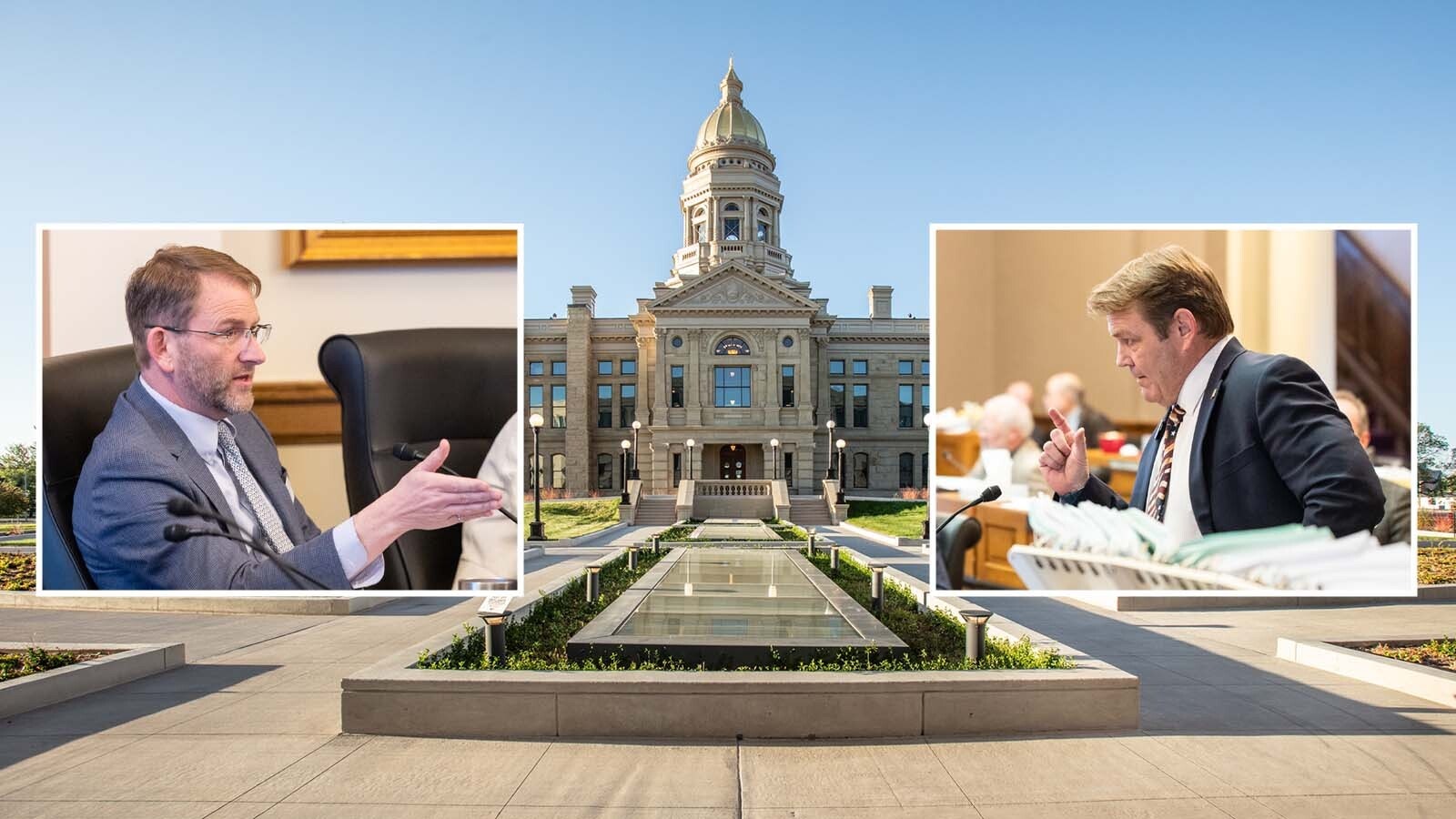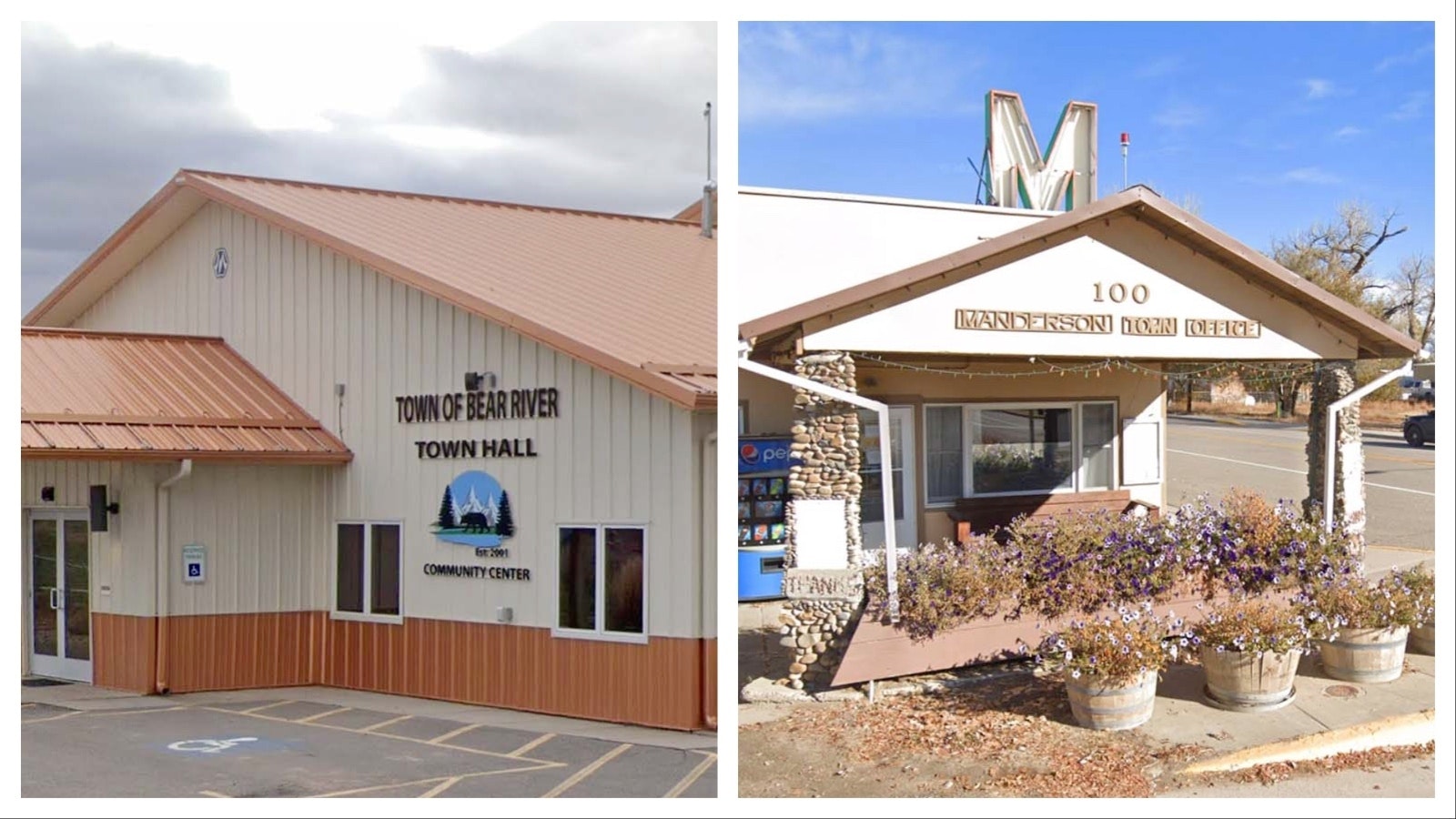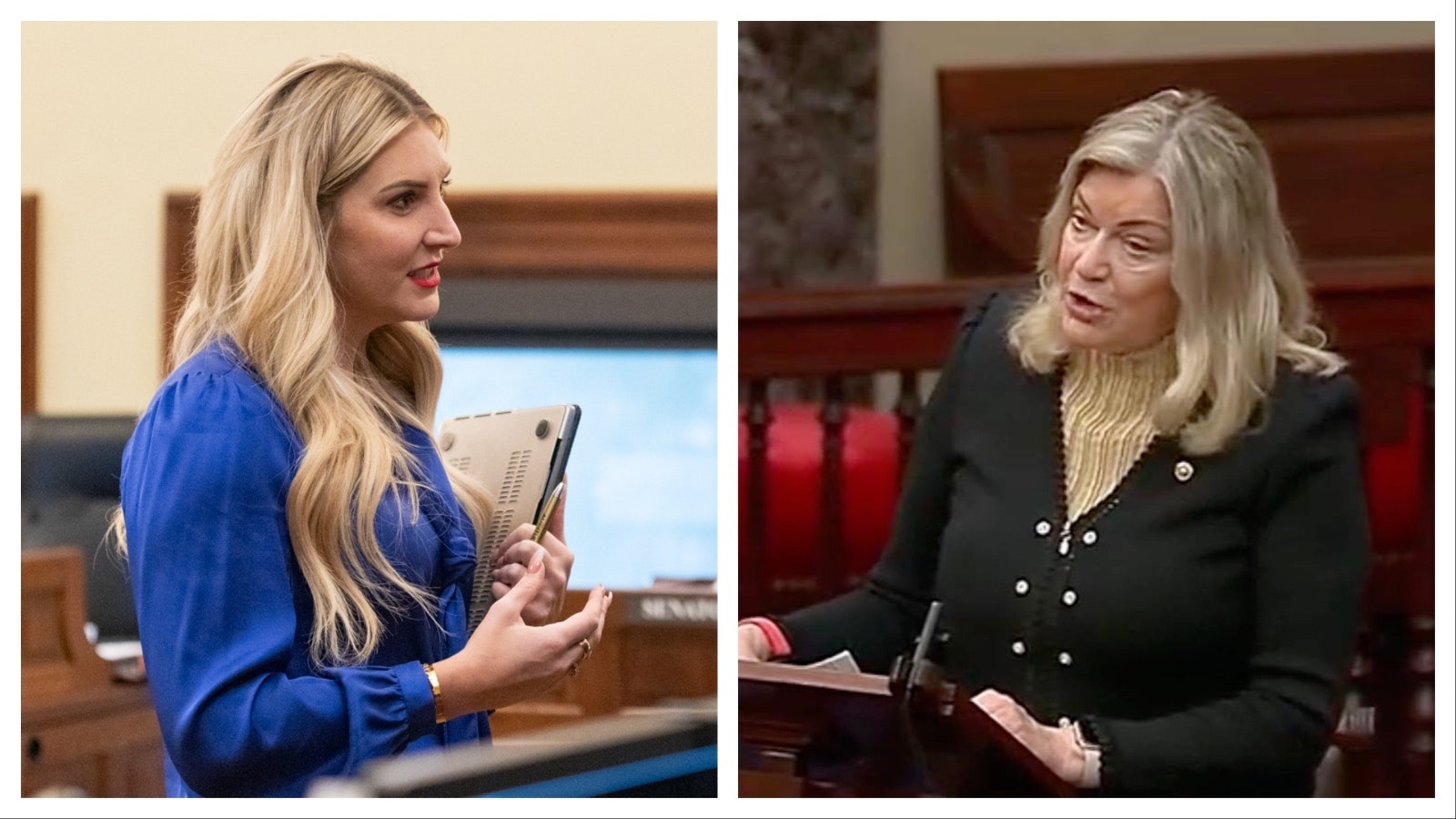The state of Wyoming says it’s sticking up for the future of its coal production in the Cowboy State by filing a lawsuit against the BLM for its Buffalo Field Office Resources Management Plan (RMP), which would end all coal leasing in the Powder River Basin by 2041.
“Instead of working with the states to address their concerns, BLM pushed through their narrow-minded agenda to stop using coal, ignoring the multiple-use mandate and the economic impacts of this decision, including skyrocketing electricity bills for consumers,” Gov. Mark Gordon said in a Thursday press release. “They did not do their job properly.”
In November, the BLM finalized its RMP plan, issuing a final Record of Decision on the matter. This drew Gordon to threaten litigation, a vow the governor made good on on Wednesday with the help of Montana, which is also joining in on the lawsuit.
The lawsuit also challenges the Miles City Field Office RMP, which also impacts the Powder River Basin.
“It marks a total shift in BLM’s treatment of coal leasing,” the lawsuit reads. “It marks a new era for how BLM will engage with states, counties, and local governments moving forward. And it marks a devastating blow to the States of Wyoming and Montana, where coal production fuels the economy.”
Why Sue?
Wyoming and Montana are requesting a judge to throw out the RMPs as unlawful.
The Buffalo RMP would block 48.12 billion short tons of coal on 413,250 acres in the Powder River Basin, a move that has attracted widespread criticism in Wyoming and Montana. The Powder River Basin spans across northeastern Wyoming and southeastern Montana, and according to the lawsuit, accounts for 85% of all coal produced on federal land.
“Because this coal is found on federal land within Wyoming’s and Montana’s borders, these states historically have worked alongside the federal government to manage the land,” the lawsuit reads. “This cooperation is no accident.”
The states’ lawsuit argues that the RMP fails to comply with the Federal Land Policy and Management Act and the National Environmental Policy Act, marking a complete shift in the agency’s treatment of coal leasing and ignoring the states’ concerns.
“Even though these states, their agencies and counties, industry groups and members of Congress objected to the proposed management plan, BLM gave their concerns short shrift and moved forward with its own agenda,” the lawsuit states.
Wyoming has already spent $800,000 on a retainer for the Arlington, Virginia-based law firm of Consovoy McCarthy for the case, which has argued multiple appeals before the U.S. Supreme Court.
Gordon used Coal Litigation Funds appropriated by the Legislature to pay for it. This lawsuit adds to the more than 50 cases in which the state is involved in.
A 2022 federal order in the lawsuit Western Organization of Resource Councils et al. v. Bureau of Land Management directed the BLM to redo its environmental analysis and include both no-leasing and a limited coal leasing alternatives.
As a result of that analysis, the BLM determined that additional federal leasing of coal would not be necessary, based on its analysis in the final supplemental EIS. The analysis indicated that operating mines in the Powder River Basin have existing leases with sufficient coal reserves to maintain project mine production levels into 2041.
Bigger Challenges At Play
The Sheridan-based Powder River Basin Resources Council has expressed support for the Buffalo RMP.
“As someone who lives near some of the largest coal mines in the nation, I’m thankful for the leadership from the BLM in finally addressing the longstanding negative impacts that federal coal leasing has had on the Powder River Basin,” said Lynne Huskinson, a retired coal miner and board member of Powder River Basin Resource Council and Western Organization of Resource Councils, in a press release issued in May. “For decades, mining has affected public health, our local land, air, and water, and the global climate.”
Even with this significant impediment, Wyoming’s coal industry is facing much larger challenges that can't be fought in court.
Demand for domestic thermal coal has been shrinking over the last decade, and the Powder River Basin’s coal production is less than half of what it was a decade ago.
Wyoming is expected to produce less than 200 million tons of coal for the first time since 1992, even as it neared the milestone of 9 billion tons of coal dug up in the past 25 years this summer.
Leo Wolfson can be reached at leo@cowboystatedaily.com.





